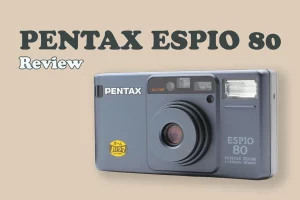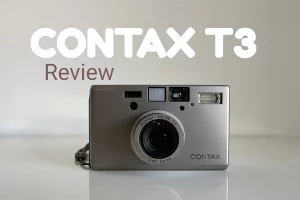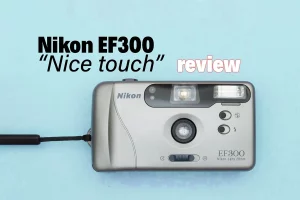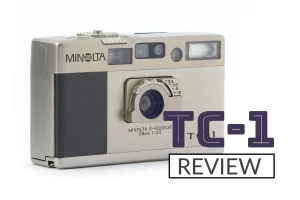Fujifilm Klasse: A True “Manual” Point and Shoot Camera?
Last Updated on December 27, 2023
Editorial Note: By purchasing through the links on DustyGrain, we may earn a commission. These earnings do not dictate our opinions or product evaluations.
The Fujifilm Klasse is known for being the latest point-and-shoot film camera released by a renowned brand, and in this review we will see if it lives up to the more popular compact cameras and what its most interesting features are.
We will also see how the three different models of Fujifilm Klasse that have been released on the market compare and which ones may be interesting for which types of situations.

Table of Contents
Fujifilm Klasse Specs
| Year release | 2001 |
| Camera type | Point and Shoot film camera |
| Construction | Metal |
| Finish | SIlver and Black |
| Film type | 35mm |
| Lens | Super EBC Fujinon 38mm f/2.6 |
| Focus | Auto-focus (AF) and Manual (MF, pre-focusing system) |
| Minimum focus distance | 0.4m |
| Shutter speed | 1/2 to 1/290s |
| Self-timer | 10s |
| Modes | Program and aperture-priority mode |
| ISO | DX reading, ISO 50-3200 |
| Auto self-triggering flash speed | 1/45s |
| Meter | CdS type, 4 to 16EV |
| Battery | 1x CR2 Lithium battery (3V) |
| Size | 123 × 63.5 × 37mm |
| Weight | 250g |
History
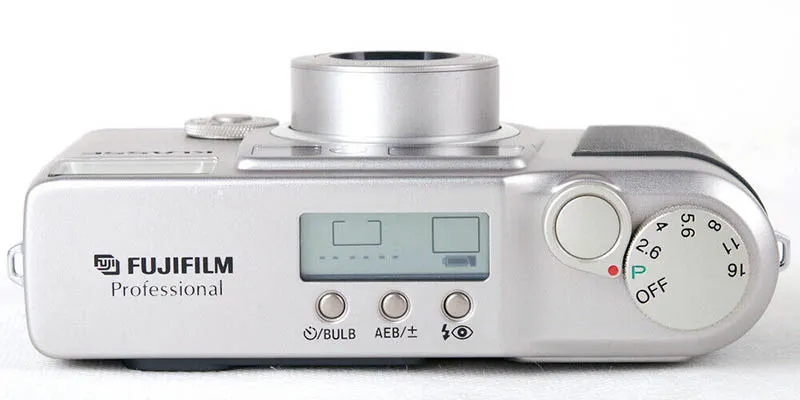
Despite its German name, which means “elite, first-class,” the Fujifilm Klasse compact film camera did not succeed in sales. It appeared in the market in the early 21st century when other cameras like Kyocera’s Contax T, Ricoh GR-1, and Minolta TC-1 were still available. Fujifilm attempted to compete with its Tessar-type lens and its RDP III slide film base (Provia 100F), which offered impressive color saturation with almost exaggerated representation. Because yes, Fujifilm, like other manufacturers, tested its lenses to perform optimally with all types of films.
The Klasse has a magnesium alloy body and well-crafted metallic aluminum dials. It can be set to fully automatic or manual mode depending on preferences, without coexisting in both worlds seeming like a complication. In fact, it is probably one of the most manual point-and-shoot cameras ever made.
Photography enthusiasts appreciate the Fujifilm Klasse camera despite its limited commercial success at the time. Although it was not widely sold during its production, it is now coveted by collectors and enthusiasts, thanks to the resurgence of film (as it could not be otherwise). While it is relatively easy to find one in the second-hand market in Japan, it is more difficult in the United States and Europe, especially the original model.
Fujifilm, with the Klasse, is not the first time it has tried to attract serious point-and-shoot camera users. Let’s not forget that since the mid-1990s, it had the Fujifilm DL Super Mini, a more compact camera with fewer “manual” features. However, the DL Super Mini carried an excellent lens and had a fairly small yet premium body. It positioned itself against cameras like the Contax T2 or the Olympus Stylus.
The Klasse, although not far off, has a different philosophy. It is designed for the niche of compact cameras with manual functions, such as the Ricoh GR-1 or the Nikon 35Ti. It is intended for quick street photography or simply for having more obsessive control over its functions while still being a compact camera, without the complexity of SLR or rangefinder cameras.
Features
Lens and Focus System

The heart of the Fujifilm Klasse is equipped with a 38mm f/2.6, a high-quality lens that produces sharp and clear edge-to-edge images. It is comparable to high-quality lenses such as those found in the Contax T2 or Yashica T4.
It has a very close minimum focusing distance of 0.4m, and produces a pronounced bokeh when shooting at close distances. Although the bokeh is not very defined at its edges, it is still “creamy.”

The lens operates in two states prior to taking a photo (as in most point-and-shoot cameras), when the camera is turned on and when it is focused before taking a shot. The second state is where this camera is somewhat slow. Compared, for example, to the focusing speed of the Olympus Stylus Epic, the Klasse lags behind.
Although the autofocus can be slow on the Fujifilm Klasse, it is compensated by the fact that it has a dedicated dial selector for focusing. Specifically, the ability to choose the focus distance at which I want the camera to remain focused, as it also includes the “autofocus” and “infinite” options.
This feature is undoubtedly my favorite, as it is very useful for taking fast shots on the street, for example. I myself use “pre-focusing” with my rangefinder cameras, and I must say that it is even more efficient on this camera.
Metering and viewfinder
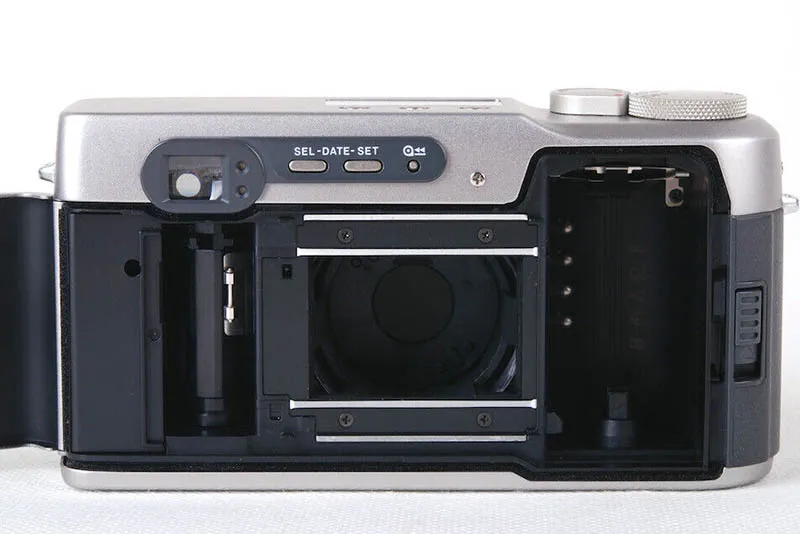
The viewfinder of the Fujifilm Klasse is quite standard compared to other similar cameras. It is clear enough for framing and it’s still possible to do it even in less than optimal lighting conditions, so in that aspect, it functions as it should. It doesn’t display any data that we might have configured such as aperture or shutter speed, since it is a plain old viewfinder.
On the other hand, the metering on this camera is quite good. I’m not sure if it’s matrix or just center-weighted, but it wouldn’t be surprising if it implemented some kind of ‘latest-generation’ improvement, given the year it was released.

It’s clear that the criticism received with the Fujifilm DL Super Mini in terms of metering (and its tendency to underexpose) served them well in creating a camera that erased any indication that this camera could suffer from the same issue.
Another feature that stands out on this camera is its exposure compensation system, which, although implemented in an unintuitive way (since it requires pressing two buttons at the same time to make the adjustment), is appreciated that they included it. In the 2 later models (W and S), it will be given more importance and the focus dial will be replaced by the compensation dial. Something that I personally don’t prefer.
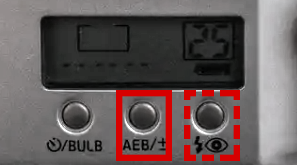
Fujifilm Klasse original vs Klasse S and Klasse W
In this comparison table, we can see some of the differences between the three Fujifilm Klasse models.
| Feature | Fujifilm Klasse | Fujifilm Klasse S | Fujifilm Klasse W |
|---|---|---|---|
| Year release | 2001 | 2007 | 2007 |
| Lens | 38mm f/2.6 | 38mm f/2.8 | 28mm f/2.8 |
| Shutter speeds | 1/290s at f/2.6 | 1/2s to 1/500s at f/2.8 and up to 1/1000s at f/16 | 1/2s to 1/500s at f/2.8 and up to 1/1000s at f/16 |
| Self-timer | 10s | 2 and 10s | 2 and 10s |
| Minimum focus distance | 0.4m | 0.4m | 0.3m |
| Front dial | Sets manual focus distance | Sets exposure compensation | Sets exposure compensation |
| ISO Setting | DX only (auto) | DX and manual | DX and manual |
| Fujifilm NP mode (Forced flash-off mode for ISO 800-3200) | No | Yes | Yes |
Pros and Cons
Pros
- Good quality lens
- Accurate light metering
- Focus dial with preset distances
- Exposure compensation (+2/-2)
Cons
- Slow auto-focus
- It doesn’t memorize the settings
- Price
Price and Buying guide
And we come to one of the least favorable points of this camera, its price. Currently, the original Fujifilm Klasse can be found between $600 and $1000. Until a few years ago, before they became scarce in the market, it was possible to find it for $500 or even less if you were lucky. Later models like the W and S can be priced between $1200 and $1600. These are undoubtedly exorbitant prices for anyone, but I can’t say I’m too surprised because cameras in the same range like the Ricoh GRs or the Contax T2 suffer the same fate.
In 2023, the prices of point-and-shoot cameras in general have skyrocketed. It’s a phenomenon that started a year ago, and for “some reason,” there’s a kind of boom among compact film cameras that continues to grow, and prices are following this growth.
The W and S models have a significant improvement in shutter speed (and other details) that personally would make me doubt the original model. However, I still prefer this model over the others because of the manual focus dial. It’s simply something that is very important to me, but I understand that it won’t be the case for everyone, since they must have prioritized it for a reason (and if not, to maintain its market value). In any case, the 3 models have their differential aspects for those who prioritize either focus (original model), focal length (W model), or exposure (S model).
Fujifilm Klasse Photos
Smple shots taken with the original Fujifilm Klasse.
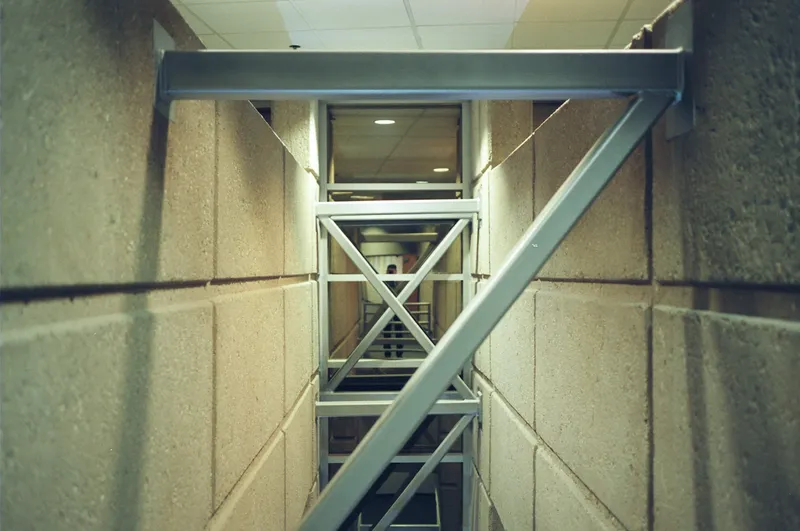
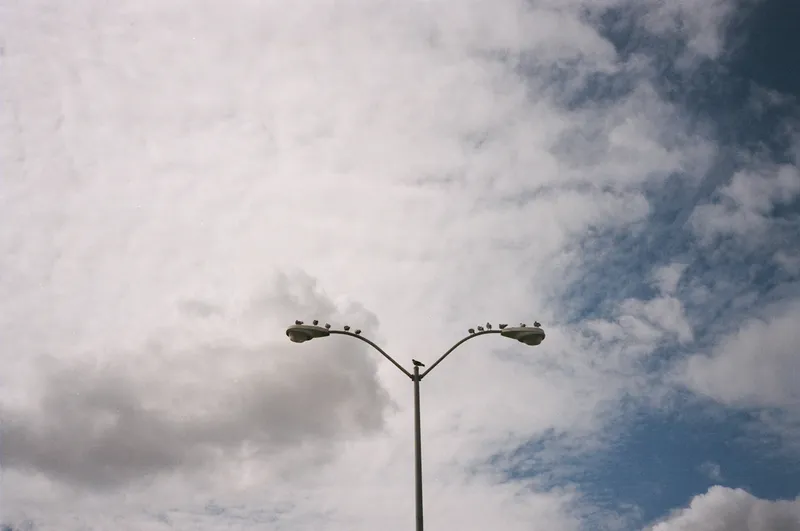

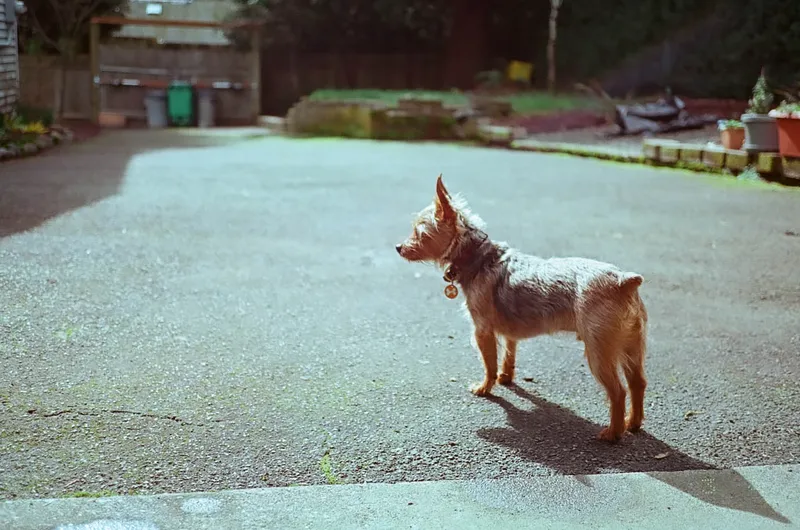
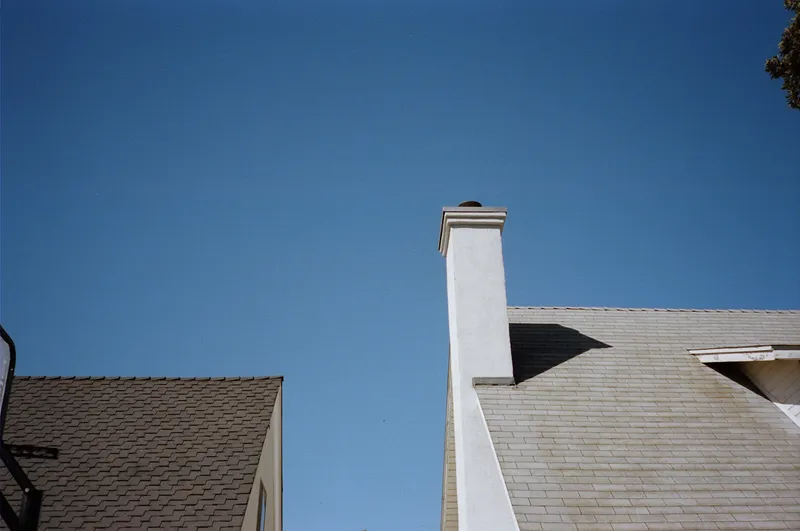
Conclusions
The Fujifilm Klasse has its pros and cons as we’ve seen, but beyond that, looking at the camera from a more neutral perspective, I dare say it’s a camera worth having. The amount of manual functions it offers gives it exceptional value over other cameras. I don’t think it’s worth the price it has on the market, but that’s something that’s happening to more and more cameras of its kind, which surprises me less and less every day (although nothing beats the absurd price of a Contax T3).
As I mentioned before, its focus dial and location are ideal for the type of use I’m accustomed to, and for those coming from using rangefinder cameras, it will also be more familiar to them.

Written by Jorge Ferrufino
“I am a fashion photographer and an analog photography enthusiast since the beginning of my career (15 years ago). I have had the opportunity and honor of showcasing my work in various galleries and publications around the world.“
